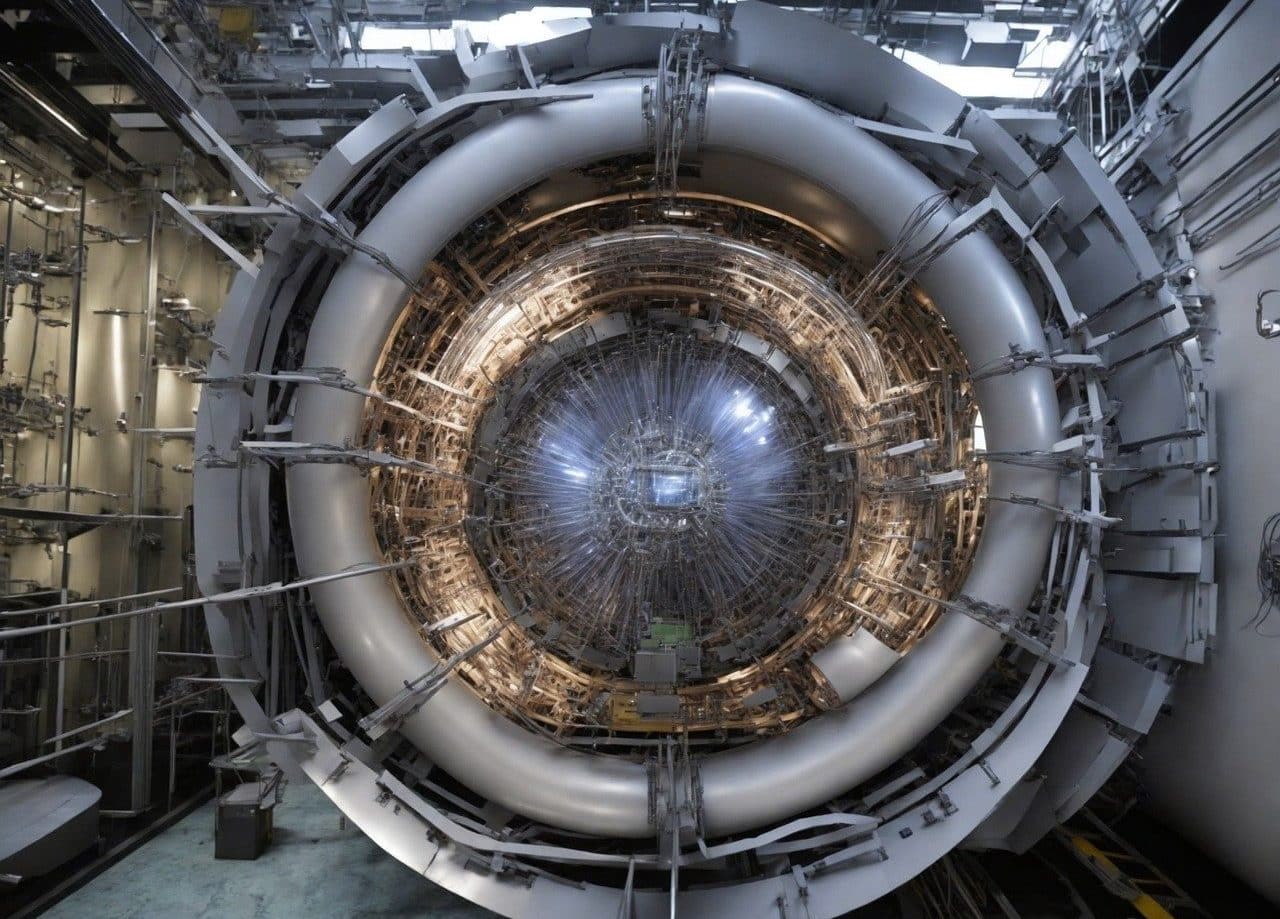
Synchrotons are a class of particle accelerators that also serve as colliders.
Synchrotron is a type of particle accelerator that can be used as a collider .
It is a device with multiple applications in which the particles , subject to the influence of a magnetic field , exhibit a displacement in circular orbit. Its acceleration , the theory says, is the result of an electric field that is in tune with orbital motion .
To more easily understand the relevance and particularities of synchrotrons , it is interesting to take into account as an example ALBA , a synchrotron located in Barcelona whose financing is carried out, equally, by the Generalitat of Catalonia and the Ministry of Science, Innovation and Universities of the Government of Spain . This last organization, for its part, invested more than seventeen million euros with the purpose of improving the current state of the infrastructure and giving impetus to the development of a next project, conceived as ALBA II . We must not lose sight of the fact that ALBA is a useful synchrotron for the industrial sector and the scientific field since it is intended for R&D initiatives that are based on synchrotron light . In France , meanwhile, is located the ESRF , a multinational profile center focused on synchrotron radiation where an electron synchrotron operates exclusively reserved for scientific studies. Not long ago, this device was used to x-ray the famous Il Cannone , a violin that was once Niccolò Paganini 's favorite instrument.
History and evolution of the synchrotron
According to ancient records, the initial synchrotrons were a derivation of the cyclotron . This is known as a circular variety of accelerator capable of, by appealing to both a magnetic field and an electric field that remain constant, giving an increasingly faster curved movement to subatomic particles that are charged.
Focusing attention on the history and evolution of the synchrotron specifically, the figure of Leó Szilárd regains relevance, a physicist who made enriching contributions to nuclear physics and molecular biology , in addition to having proposed the so-called principle of phase stability . This content was essential to begin designing a synchrotron . Vladimir Veksler and Edwin McMillan , specifically, in 1945 proposed the idea of generating an accelerator where the frequency of the electric field varied depending on the increase in energy in the particle . A little later, several scientists achieved an improved version of a cyclotron : an invention that received the name synchronized cyclotron or synchrocyclotron .
Before the beginning of the 1950s, the Cosmotron was created, remembered for being the first of the proton -based synchrotrons . Around that time, an electron synchrotron was also built for the first time. As the years went by, larger and higher energy synchrotrons appeared, and older ones could be adapted or reconfigured to position them as sources of synchrotron radiation .

Thanks to synchrotrons, subatomic particles can be studied in depth, for example.
Components
A synchrotron encompasses different components, starting from a source of particles ( electrons , positrons , protons and antiprotons ). As the low energy prevents them from generating particle acceleration , this process is carried out in phases or stages requiring the use of auxiliary accelerators . In principle, using a high voltage source that oscillates at radio frequency, the acceleration of the particle beam is achieved.
Afterwards, the particles are injected into a LINAC (linear accelerator) , from where they reach a booster (or pre-accelerator), obtaining the final energy there, being ready to be injected into the storage ring or main synchrotron .
The voltage supplied by vacuum tubes known as klystrons is applied to a collection of essentially hollow structures cataloged as radiofrequency cavities , whose function is also to maintain a synchrony between the voltage stage for acceleration purposes and the frequency in the which circulates the particle beam .
It is also necessary to indicate that magnetic elements are used in modern synchrotron equipment . Each of the dipoles intended to curve the path of the aforementioned beam is identified as a bending magnet or curvature magnet . There is even use of sextupoles and quadrupoles to ensure that the beam remains focused.
Each line of synchrotron light , finally, is essential so that the radiation emitted by the particles is transported to each sample to be analyzed or to instruments intended to adjust or change some property of the radiation .

The benefits of synchrotrons are used to add knowledge in different areas.
Synchrotron applications
Synchrotrons have numerous applications . In principle, they are ideal and suitable for studying subatomic particles and analyzing the properties of matter .
Techniques such as X-ray diffraction , spectroscopy , X-ray absorption spectroscopy (XAS) , and electron microscopy can be complemented and leveraged with synchrotron radiation to examine both organic and inorganic materials .
It is also constructive to know that synchrotron light is used to explore minerals and carry out research and experimentation in the field of medicine , for example.
